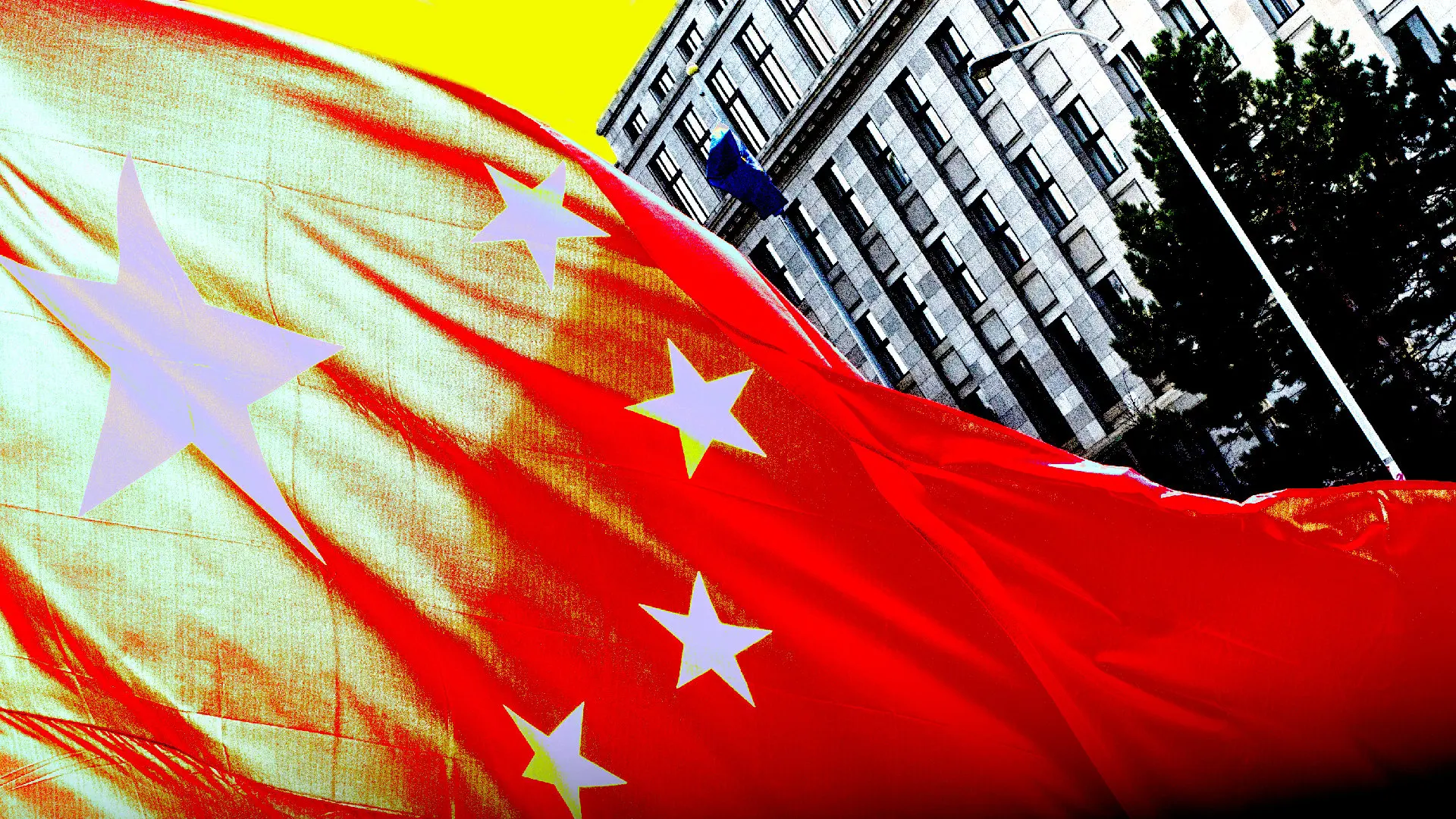
Despite China’s stringent regulations against cryptocurrency activities, Chinese traders have continually found innovative ways to leverage digital currencies. This resilience is evident in the recent discovery by Chinese police of a $1.9 billion underground banking system centered around the popular stablecoin Tether (USDT). This operation, rooted in the city of Chengdu, utilized USDT for exchanging foreign currencies and facilitating cross-border transactions of non-financial goods like medicine and cosmetics.
The Chengdu Operation
The underground banking network started in January 2021 and quickly spread across 26 provinces, indicating a well-organized operation that exploited the pseudo-anonymity of cryptocurrencies. The Chinese police have apprehended 193 individuals linked to this scheme, showcasing the extensive nature of the crackdown. Operations like these are pivotal in the smuggling and illicit trade of goods, bypassing the conventional financial system and regulatory oversight.
In a significant blow to the network, law enforcement authorities dismantled two major operations in Fujian and Hunan provinces. They also froze assets worth approximately 149 million yuan ($20 million). These actions highlight the government’s commitment to curbing the misuse of digital currencies within its borders.
The continued use of cryptocurrencies in China, particularly stablecoins like USDT, reflects the ongoing challenge for Chinese regulators. Crypto-related activities, including trading and mining, have officially been banned, yet the local populace’s engagement with crypto assets has not ceased. This situation underlines a complex relationship between technological adoption and regulatory frameworks.
Global Context of Chinese Crypto Activity
Internationally, Chinese traders remain significant players in the stablecoin market. According to a report by Kyros Ventures, 33.3% of Chinese investors hold stablecoins, positioning them as one of the top stablecoin markets globally. This persistent involvement underscores the challenge for global regulators to monitor and manage decentralized financial activities.
Following the ban on centralized cryptocurrency exchanges, Chinese traders pivoted to decentralized exchanges (DEXs), which offer fewer control points for national regulators. The shift to DEXs is part of a broader move towards decentralized finance (DeFi) protocols, which have seen increased adoption among Chinese users. Moreover, tools like virtual private networks (VPNs) have become essential for traders to access restricted platforms, further complicating regulatory efforts.
The Broader Implications
The resilience of cryptocurrency use in China points to a broader narrative about the adaptability of digital finance technologies and the limitations of national regulatory frameworks. As digital assets continue to permeate global finance, the interplay between innovation and regulation remains a critical area for policymakers, particularly in jurisdictions with strict financial controls.
The discovery of the $1.9 billion USDT underground banking operation in China is a testament to the ongoing struggle between technological innovation and regulatory enforcement. While the Chinese government remains steadfast in its stance against cryptocurrencies, the ingenuity of its populace in circumventing these bans showcases the transformative and often uncontrollable nature of digital finance. As the landscape evolves, the tension between regulation and innovation will undoubtedly influence future policies and the global trajectory of cryptocurrency adoption.
Featured image credit: sarkao via shutterstock
